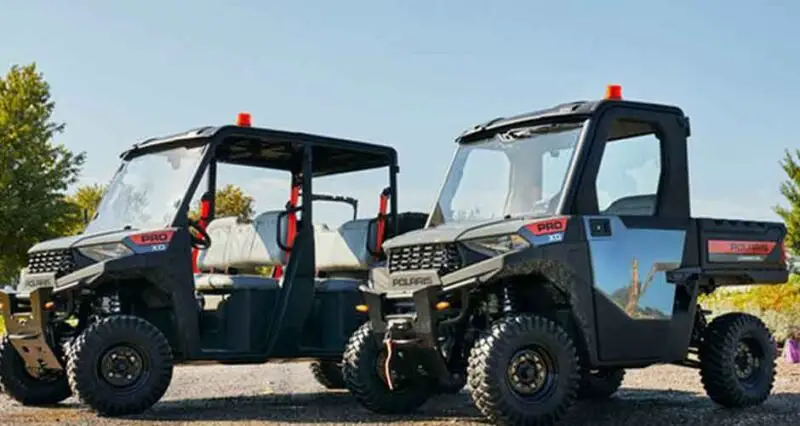
The Role of Utility Vehicles Throughout History
Utility vehicles have long been integral to various industries, from agriculture to construction, and have undergone significant evolution over time. Originating as simple farm workhorses, these vehicles have transformed into versatile machines capable of diverse tasks. This evolution is marked by advancements in technology, design, and functionality, catering to the changing needs of users across different sectors.
Early Days: Farm Workhorses and Basic Utility
In the early days, utility vehicles were primarily utilised in agricultural settings as workhorses, assisting farmers in various tasks such as ploughing fields, transporting goods, and tending to livestock. These early models were rudimentary in design, often consisting of modified farm tractors or adapted horse-drawn wagons. While functional, they lacked the sophistication and versatility seen in modern utility vehicles.
Technological Advancements: From Internal Combustion Engines to Specialised Features
The transition from the late 19th to the early 20th century marked a significant turning point in the evolution of utility vehicles. The advent of internal combustion engines revolutionised the industry, providing greater power and efficiency. Manufacturers began incorporating specialised features such as hydraulic systems, power take-off mechanisms, and adjustable attachments, enhancing the vehicles’ utility and versatility. These advancements paved the way for the emergence of dedicated utility vehicle models tailored to specific tasks.
Diversification and Customisation: Meeting Varied Needs
As utility vehicles gained popularity beyond agricultural settings, their design and functionality diversified to cater to a wide range of industries and applications. From compact pick-up trucks to heavy-duty off-road vehicles, manufacturers began offering customisation options to meet the specific needs of users. This trend continues today, with accessories like ute canopy brisbane being popular additions, providing weather protection and added storage capacity for tools and equipment.
Urbanisation and Modernisation: Adapting to Changing Environments
The rapid pace of urbanisation and industrialisation in the 20th century spurred further evolution in utility vehicles. With the increasing demand for efficient transportation and logistics solutions, manufacturers began developing compact, fuel-efficient models suitable for urban environments. These modern utility vehicles incorporate advanced safety features, ergonomic designs, and integrated technology, making them ideal for a variety of tasks ranging from delivery services to recreational activities.
Towards Sustainability and Electrification: Embracing Green Technologies
In recent years, there has been a growing emphasis on sustainability and environmental consciousness in the automotive industry, leading to the development of electric and hybrid utility vehicles. These eco-friendly alternatives offer reduced emissions and operating costs while maintaining the performance and functionality expected from traditional utility vehicles. With ongoing advancements in battery technology and charging infrastructure, the shift towards electrification is poised to shape the future of utility vehicles.
So, to sum up, the evolution of utility vehicles from simple farm workhorses to modern multi-purpose machines reflects the changing needs and advancements in technology across various industries. From their humble beginnings in agriculture to their widespread use in urban and industrial settings, utility vehicles have undergone remarkable transformation over the years. With innovations such as the adoption of green technologies, utility vehicles are poised to continue evolving to meet the demands of an ever-changing world.


